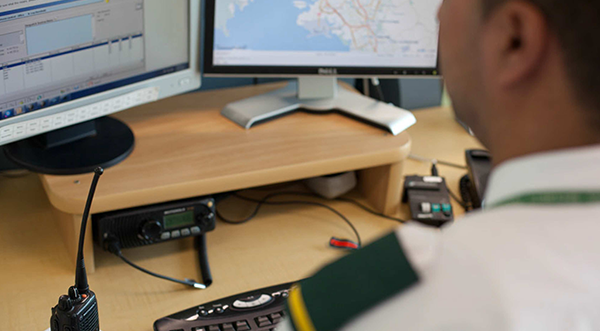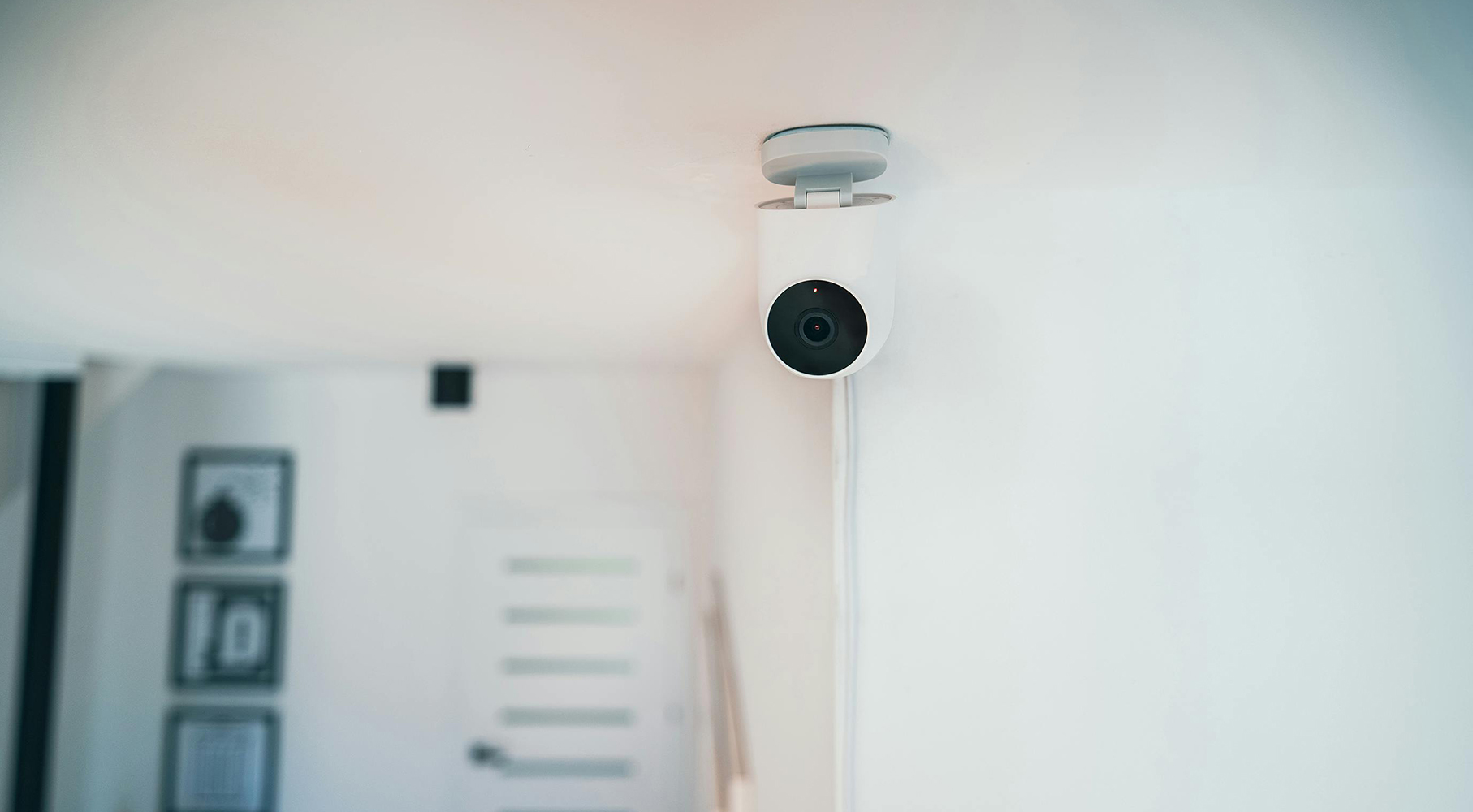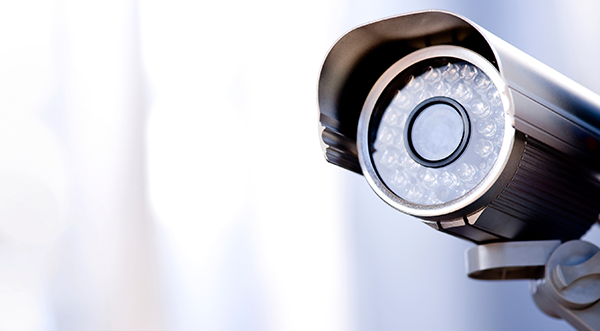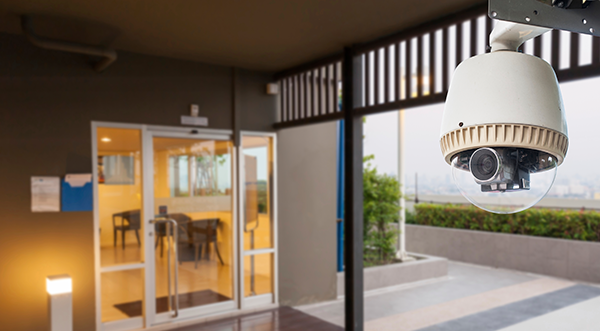Understanding Video Verification Security Services
Video verification security services enhance traditional alarm systems by combining live or recorded surveillance footage with real-time human or AI analysis. When a sensor is triggered—whether by motion, a door opening, or another activity—the system immediately pairs the alert with corresponding video footage. This footage is then reviewed to determine whether the alarm represents a genuine security threat or a false alarm, such as an animal, weather disturbance, or human error.
This rapid verification process enables quicker and more accurate responses from security personnel or emergency services, significantly reducing unnecessary callouts and improving overall safety. Whether it’s a commercial property, residential home, or industrial site, video verification offers a smarter, more reliable approach to modern security.
Matrix Security’s video verification security services combine real-time camera footage with smart AI security systems, analysis and human expertise to accurately confirm whether an alarm is a real threat or a false trigger. By integrating an AI security camera system with instant response capabilities, these systems deliver superior protection and significantly reduce false callouts—making them a powerful solution for both businesses and residential properties.
How Video Verification Security Works
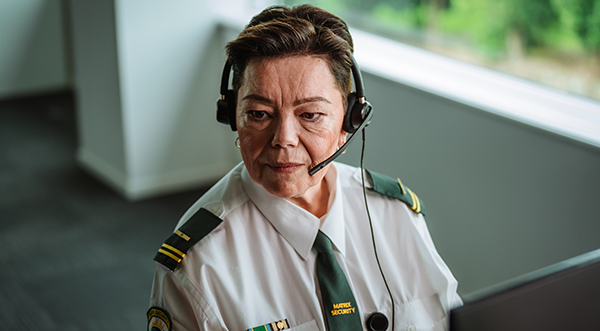
AI Security Systems: Artificial intelligence first analyses the footage to detect suspicious patterns—like unauthorised movement or human presence.
Human Verification: Our trained operators at the Matrix Security monitoring centre review flagged footage to confirm whether the threat is genuine.
Benefits of Video Verification Services
Traditional Security Monitoring
Traditional Security Monitoring typically involves a set of sensors (motion detectors, window contacts, etc.) that alert our monitoring centre when an event occurs, such as a break-in, glass breaking, or a fire alarm. Here’s how it compares:
- Traditional Monitoring: Our monitoring centre receives the alarm notification but has no direct way of knowing whether the alarm is real (e.g., caused by a burglar) or false (e.g., triggered by a pet or wind).
- Video Verification: AI Security Cameras provide live footage or recorded clips to confirm the nature of the alarm. This allows our operator to verify if the alarm is genuine before taking action, saving time and reducing false responses.
- Traditional Monitoring: Police or emergency responders may be dispatched based solely on the alarm signal, leading to delays if the alarm is a false one.
- Video Verification: Verification allows for immediate clarification. If the situation is a confirmed threat, responders can be alerted right away, often prioritising the response.
- Traditional Monitoring: False alarms can be more frequent and often result in unnecessary callouts for the property owner, as well as reduced confidence in the system’s effectiveness.
- Video Verification: By using real-time video, false alarms can be dramatically reduced, as our monitoring centre can see and verify what’s actually happening.
- Traditional Monitoring: While traditional monitoring is generally less expensive in the short term, repeated false alarms can add up. Traditional monitoring often requires expensive equipment installations.
- Video Verification: AI Security Video systems tend to be more expensive initially (due to cameras and smart tech), but the long-term savings on patrol callouts, improved response times, and reduced false alarm rates can outweigh the upfront costs.
- Traditional Monitoring: Without visual confirmation, operators might have to rely on alarms alone to assess a threat. This increases the chance of misidentifying a threat or missing key details.
- Video Verification: The ability to visually assess a situation before responding provides a higher level of accuracy and ensures that the response is appropriate.
- Traditional Monitoring: Insurance premiums can be reduced with traditional alarm monitoring, but not as significantly as with video verification systems.
- Video Verification: Because verified video alarms reduce false calls to emergency services and provide clearer security evidence, some insurers offer greater discounts on premiums.
Matrix Security’s video verification security services represent a new standard in alarm monitoring—accurate, intelligent, and reliable. With advanced AI security camera systems and professional oversight, your property receives the highest level of protection with fewer disruptions.
Summary
Video Verification significantly enhances security by combining real-time video footage with alarm signals, offering superior accuracy, faster response times, and a substantial reduction in false alarms. This advanced system enables monitoring professionals or emergency responders to visually confirm threats before taking action, making it a powerful solution for those who prioritise proactive, high-level protection.
Traditional Alarm Monitoring, while more basic, remains a viable and budget-friendly option—particularly in environments where false alarms are uncommon and visual verification isn’t a priority. It still provides a layer of security and peace of mind for many users, especially in low-risk settings.
Both systems serve valuable purposes. The right choice depends on your property’s risk level, the importance of visual confirmation, and your available budget. Whether you’re looking for cutting-edge security or a simpler, cost-effective solution, there’s a monitoring system to suit your needs.
New Contact Us Form
Latest contact form - changes made were to remove outdated fields & compulsory fields

